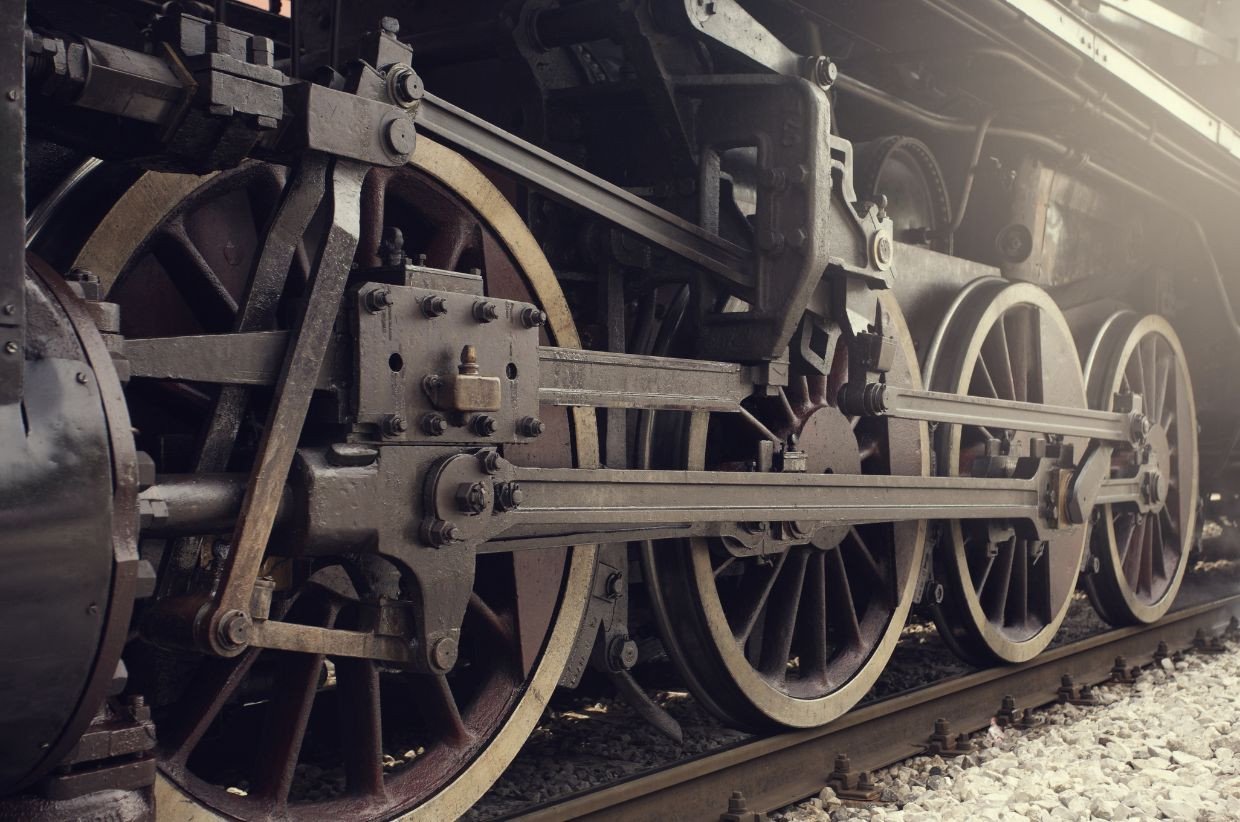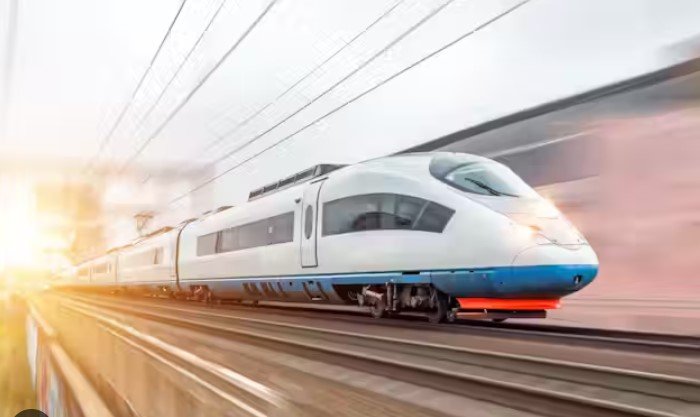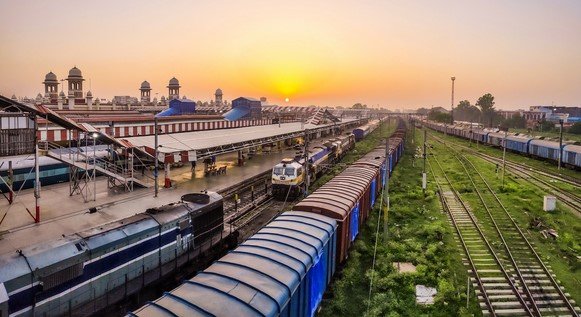The impact of railroads on society is undeniable, and their presence in popular culture has helped shape narratives across various media. Trains have symbolized adventure, freedom, and progress, serving as a backdrop for stories of romance, mystery, and peril. Whether on the big screen or between the pages of books, railroads have long captured the imagination of audiences, becoming iconic symbols of modernity and the expansion of civilization. In this article, we explore the role of railroads in popular culture and how they have been portrayed in both movies and books.
1. The Allure of Trains in Movies
From the earliest days of cinema to modern blockbusters, trains have been a staple of film narratives, often symbolizing movement, change, and the unknown. Several iconic films have used the railroad as a central theme, making trains integral to the storylines and the characters’ journeys.
A. Iconic Train Movies
- The Great Train Robbery (1903): One of the earliest depictions of a train in popular culture, this silent film set the stage for future train-centric tales. A Western that revolved around a daring heist on a moving train, it captured the excitement and danger of train travel in its early years.
- Murder on the Orient Express (1974 & 2017): Agatha Christie’s classic mystery novel became synonymous with the luxurious and mysterious aura of trains. Both the 1974 and 2017 film adaptations showcased the opulence of the Orient Express, and the train itself became a symbol of class, intrigue, and sophistication. The confined space and moving setting made for a perfect backdrop to a thrilling murder mystery.
- The Polar Express (2004): This animated holiday classic captivated audiences with its enchanting story of a magical train ride to the North Pole. The train in the film is more than just a mode of transportation; it is a symbol of wonder, imagination, and belief, making it a beloved part of Christmas tradition for families worldwide.
- Source Code (2011): This science fiction thriller uses a commuter train as the setting for a time-loop mystery. The train becomes a vessel not only for travel but also for the unraveling of a high-stakes puzzle, adding tension and urgency to the storyline.
B. The Symbolism of Trains in Film
Trains in films often embody themes of progress and escape, but they also evoke ideas of isolation and fate. For instance, in movies like The Taking of Pelham One Two Three (1974), trains symbolize both the unstoppable forces of urban life and the vulnerability of cities. In more romantic tales, such as The Train (1964), the train becomes an enduring symbol of adventure and the journey toward love or freedom.
2. Trains in Literature: A Vehicle for Imagination and Storytelling
In literature, trains are frequently used to represent the movement of characters through space and time, offering both physical and emotional journeys. Trains in novels are often places where the boundaries between different classes, cultures, and ideas converge, making them the perfect setting for stories of conflict, transformation, and revelation.

A. Famous Train Books
- Murder on the Orient Express by Agatha Christie: Like its film adaptations, Christie’s novel is a quintessential example of a railroad-centered mystery. The confined, luxurious train carriages serve as a microcosm for a diverse cast of characters, each with their secrets, which makes for an exciting and cleverly constructed narrative.
- The Little Engine That Could by Watty Piper (1930): This children’s classic is one of the most iconic uses of trains in literature. The story of the little blue engine who overcomes doubt and pulls a heavy train up a mountain teaches perseverance and self-belief to generations of young readers.
- The Railways of the World by Michael Williams (1992): This non-fiction book delves into the historical significance of trains, examining how railroads changed the world by making it smaller and more connected. It highlights the cultural and technological impact of the railroad industry, serving as a comprehensive exploration of trains in both history and culture.
- The Girl on the Train by Paula Hawkins (2015): In this psychological thriller, the train symbolizes not only the journey of the protagonist but also the deeper emotional and psychological travels of the characters. The commuter train setting mirrors the main character’s own lack of direction and disconnection from the life she once knew.
B. Thematic Uses of Trains in Literature
In literature, trains often symbolize the passage of time, the complexities of human relationships, and the transition between life phases. For instance, in novels like The Night Train to Lisbon by Pascal Mercier, the train serves as a metaphor for the internal journey of the protagonist, as he leaves behind the life he knows in search of a deeper understanding of himself. Trains also represent escape in novels such as The Railway Children by Edith Nesbit, where a family’s journey by train marks both a physical escape from their past and a journey toward a new life.
3. Why Trains Are Such a Powerful Symbol
Trains have an undeniable presence in both popular culture and literature because they embody several compelling themes and ideas. At their core, trains are symbols of transition and motion, and they have the ability to carry characters through both physical and emotional landscapes.
- Symbol of Progress: Trains have historically represented the industrial revolution, the promise of technological progress, and the ability to transcend the limitations of distance. Whether in literature or film, trains often represent the unstoppable force of modernization and the human desire to explore new horizons.
- Escape and Freedom: Trains provide a means of escape, whether physically, from one’s surroundings or metaphorically, from one’s past or emotional baggage. In countless stories, the train becomes a vessel that offers a new start or a journey toward self-discovery.
- Isolation and Confinement: Conversely, trains can also symbolize isolation or entrapment, especially in stories that take place in closed environments, such as Murder on the Orient Express or The Girl on the Train. The small, confined space of a train can represent the emotional or psychological constraints placed on a character.
- A Journey of Transformation: The movement from one place to another—whether it’s from a city to a countryside or from one culture to another—makes trains a perfect vehicle for personal transformation. The physical journey often mirrors the internal transformations of the characters themselves.
4. Conclusion
From classic novels to modern blockbusters, the image of a train has endured as a powerful cultural symbol. Trains in popular culture are much more than just a means of transportation—they serve as vehicles for adventure, mystery, escape, and transformation. Whether in the nostalgic comfort of a children’s story or the tension-filled confines of a thriller, trains continue to capture the imagination, offering endless possibilities for storytelling. As long as there are stories to tell, the train will remain a beloved and iconic symbol in books, movies, and beyond.




